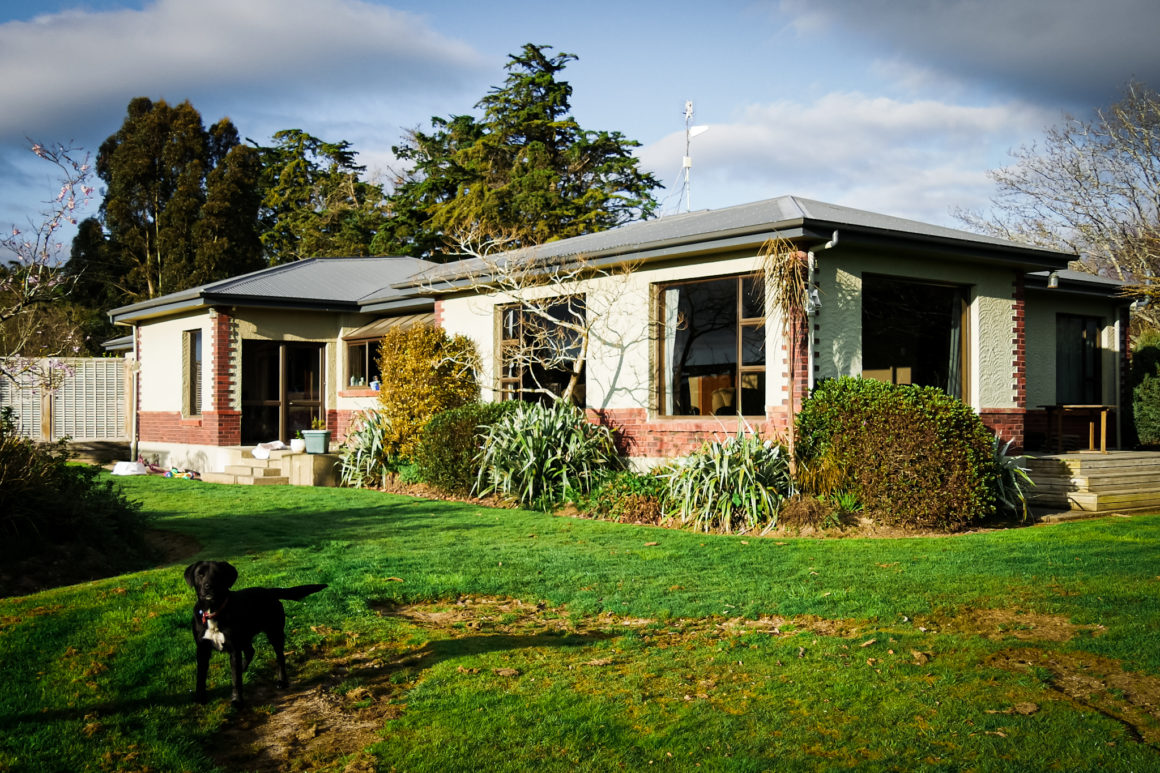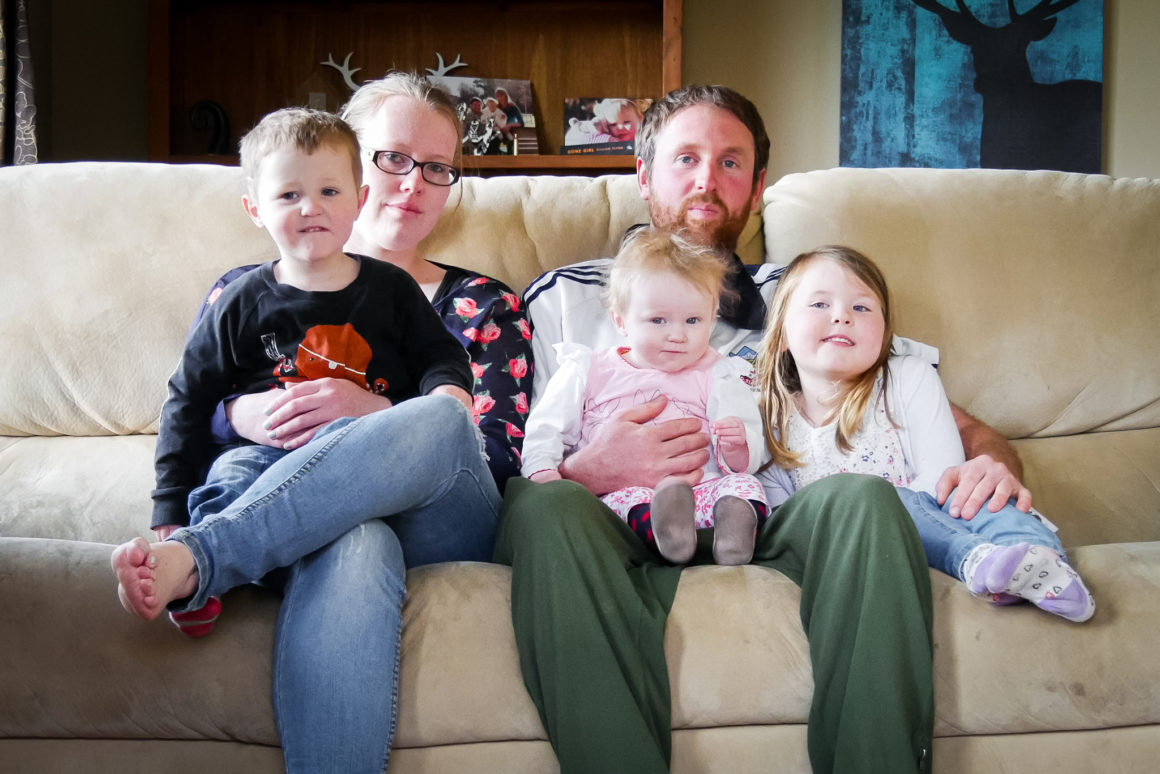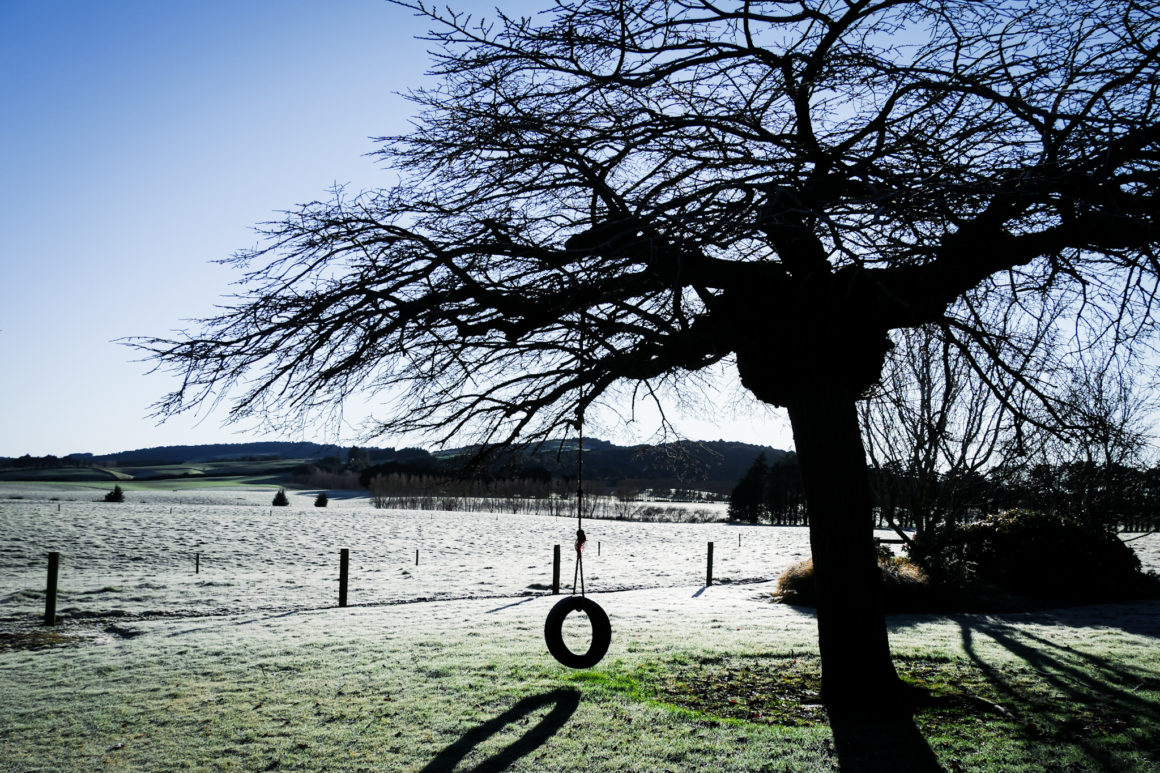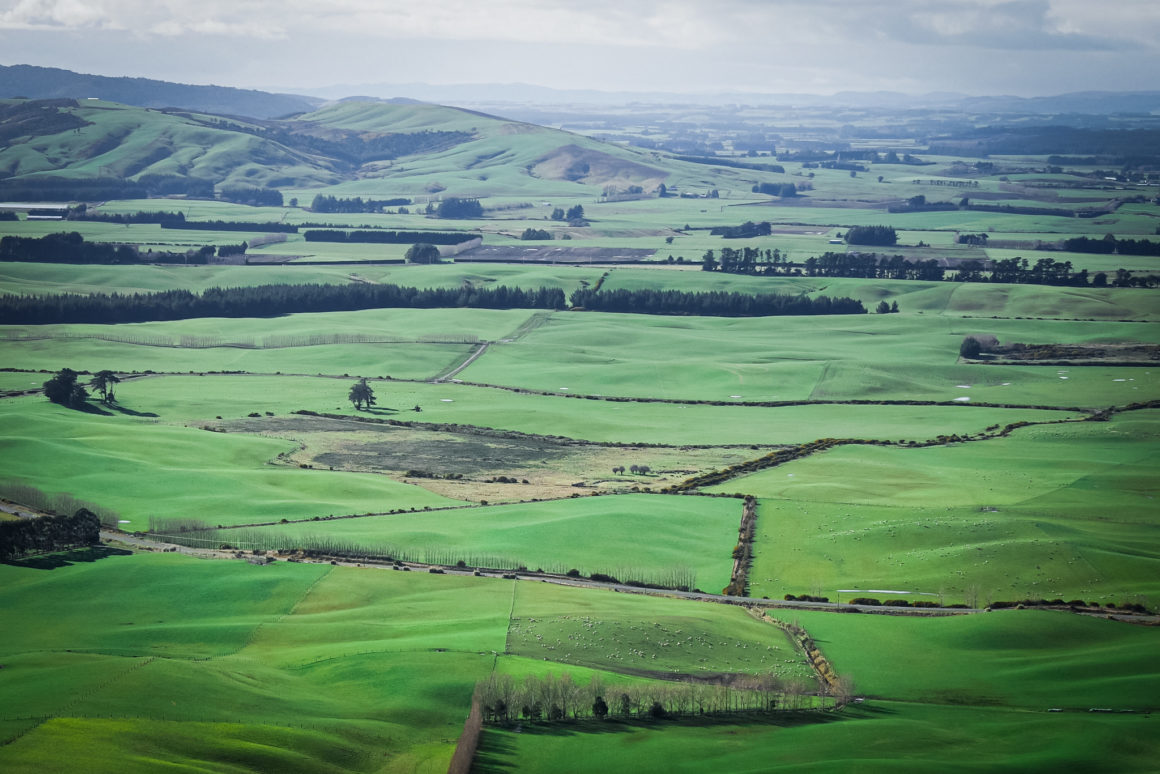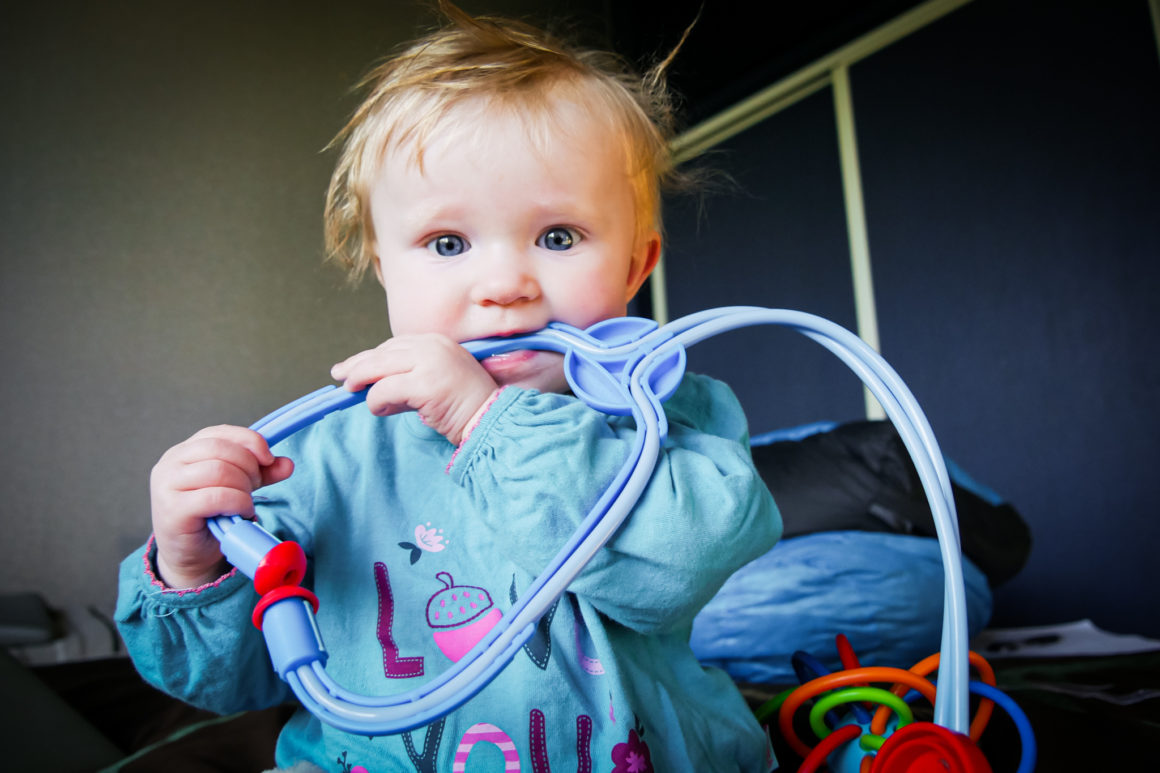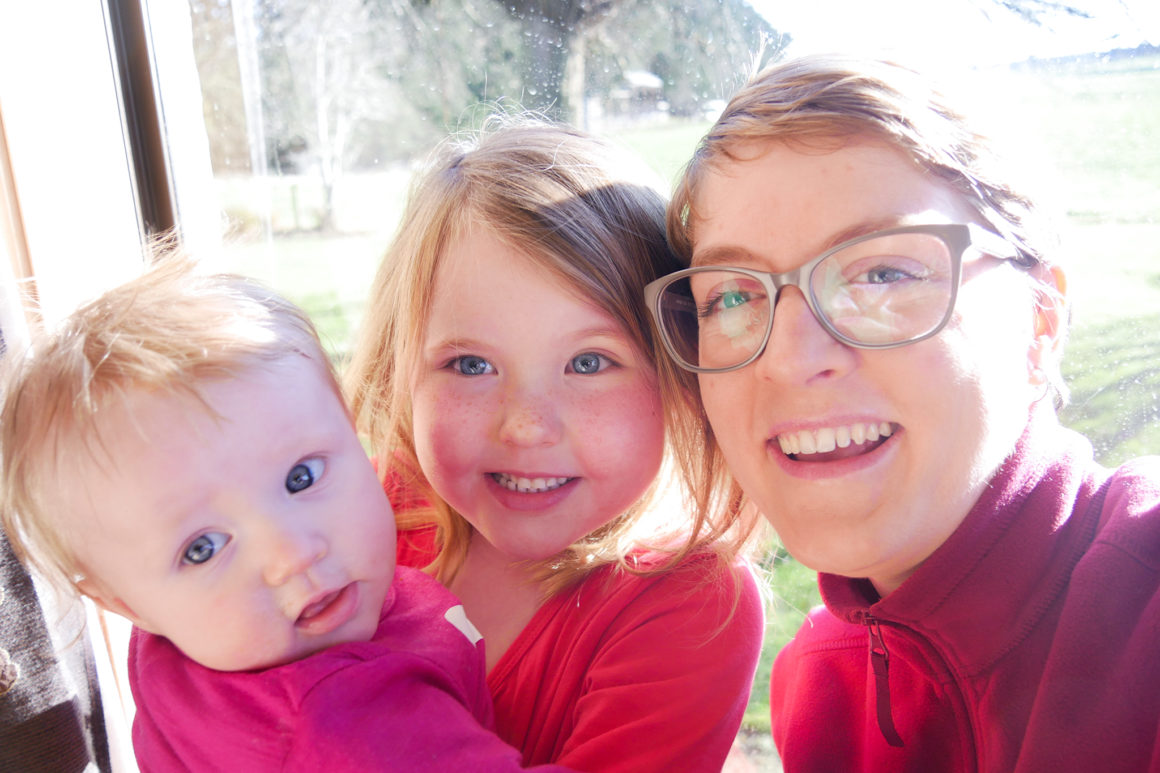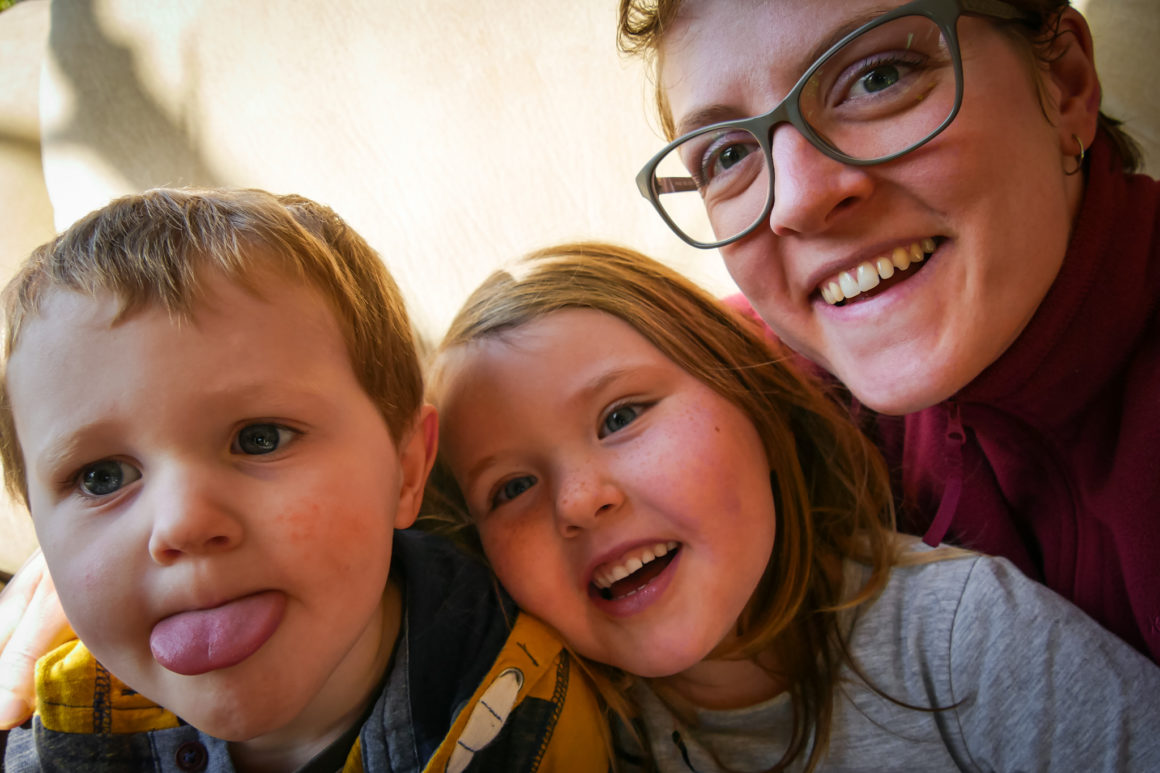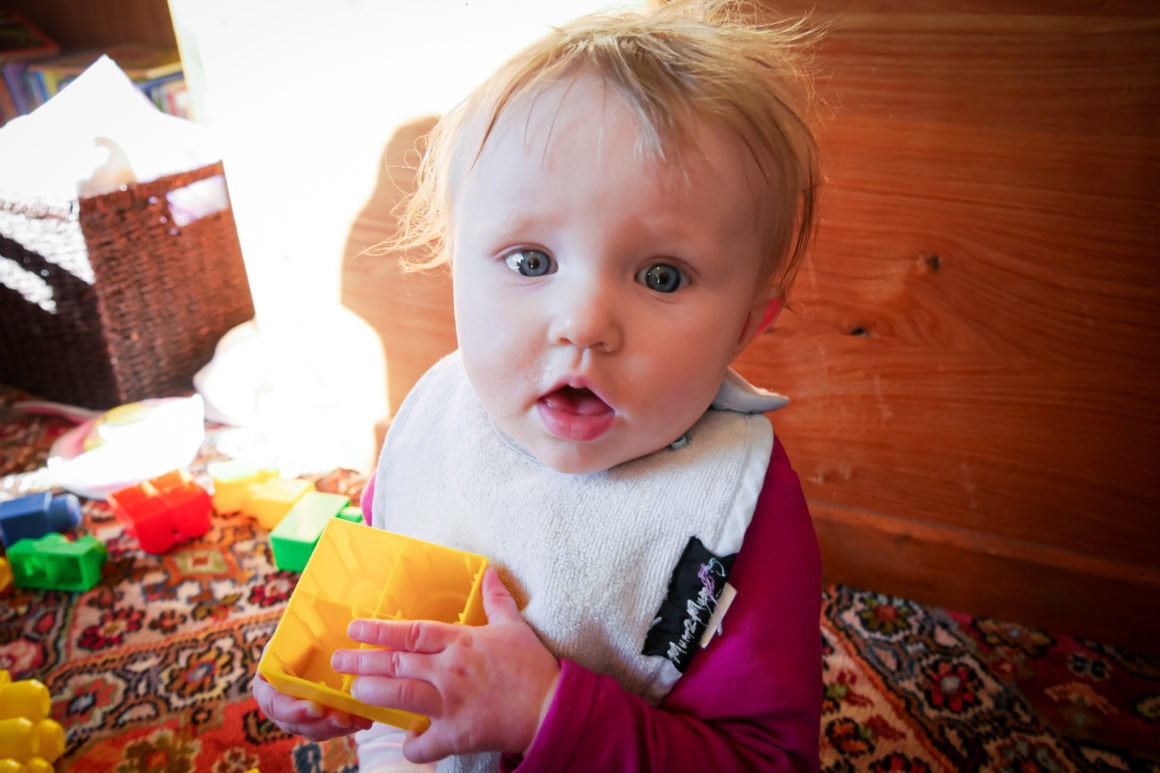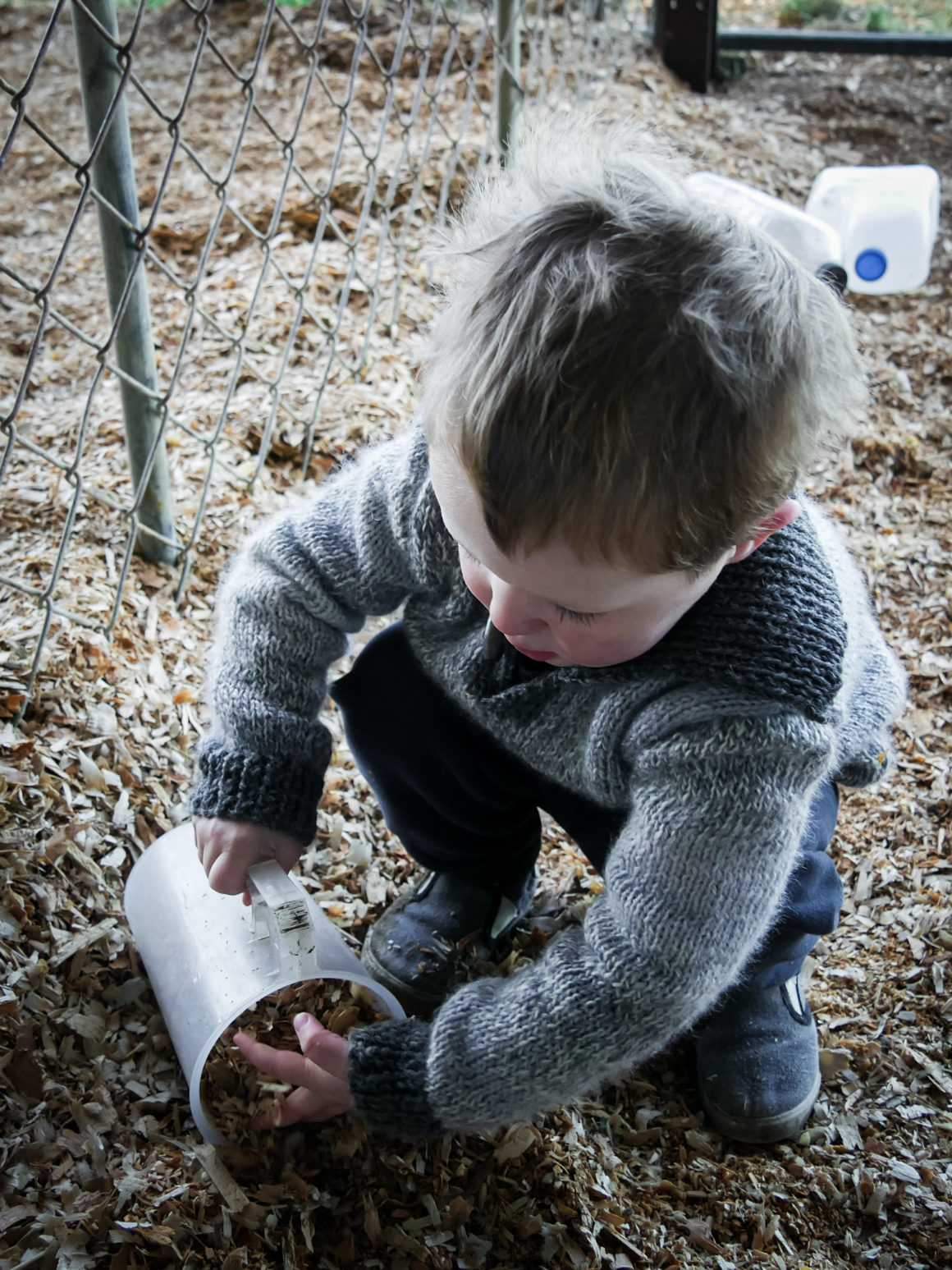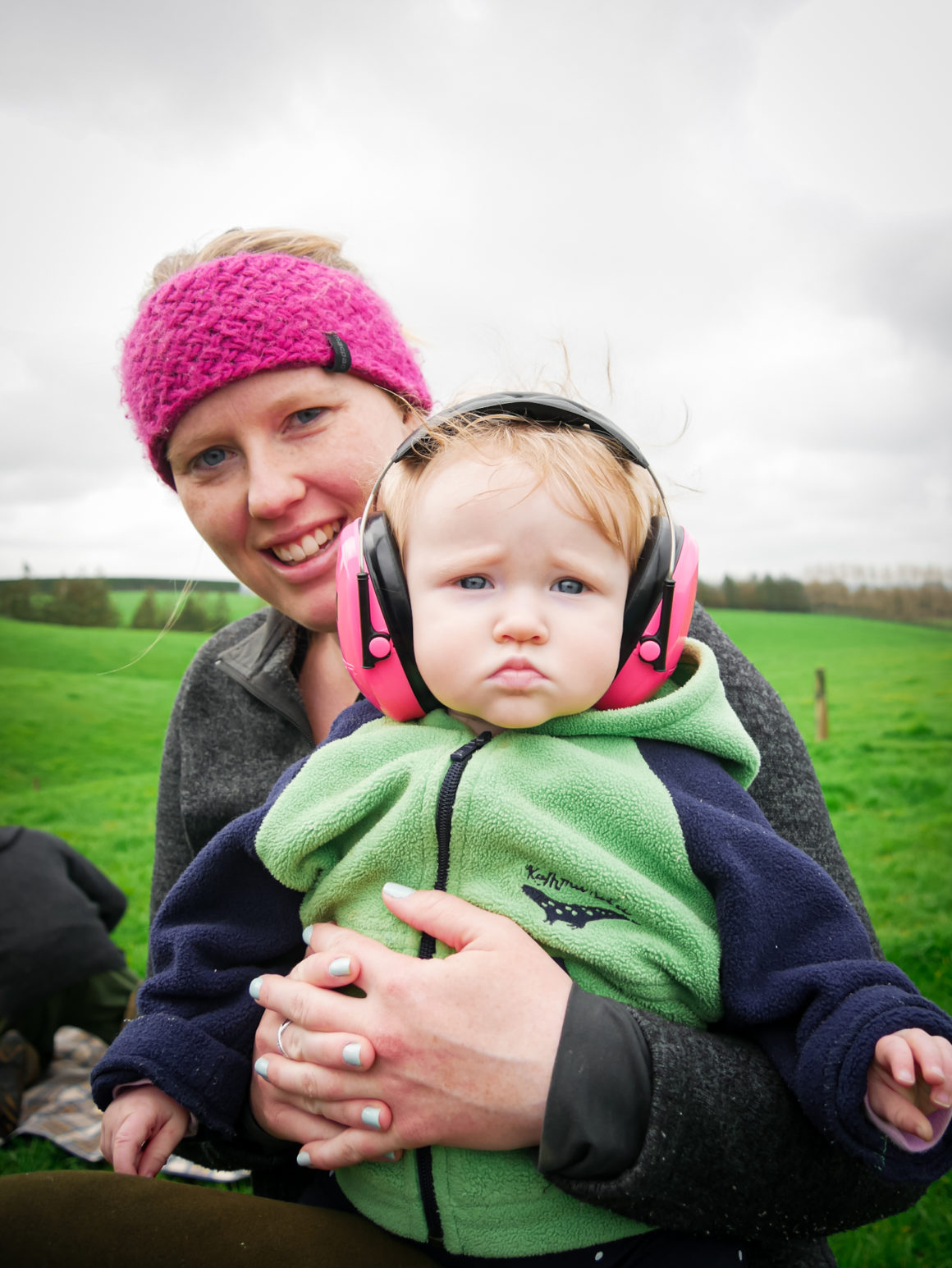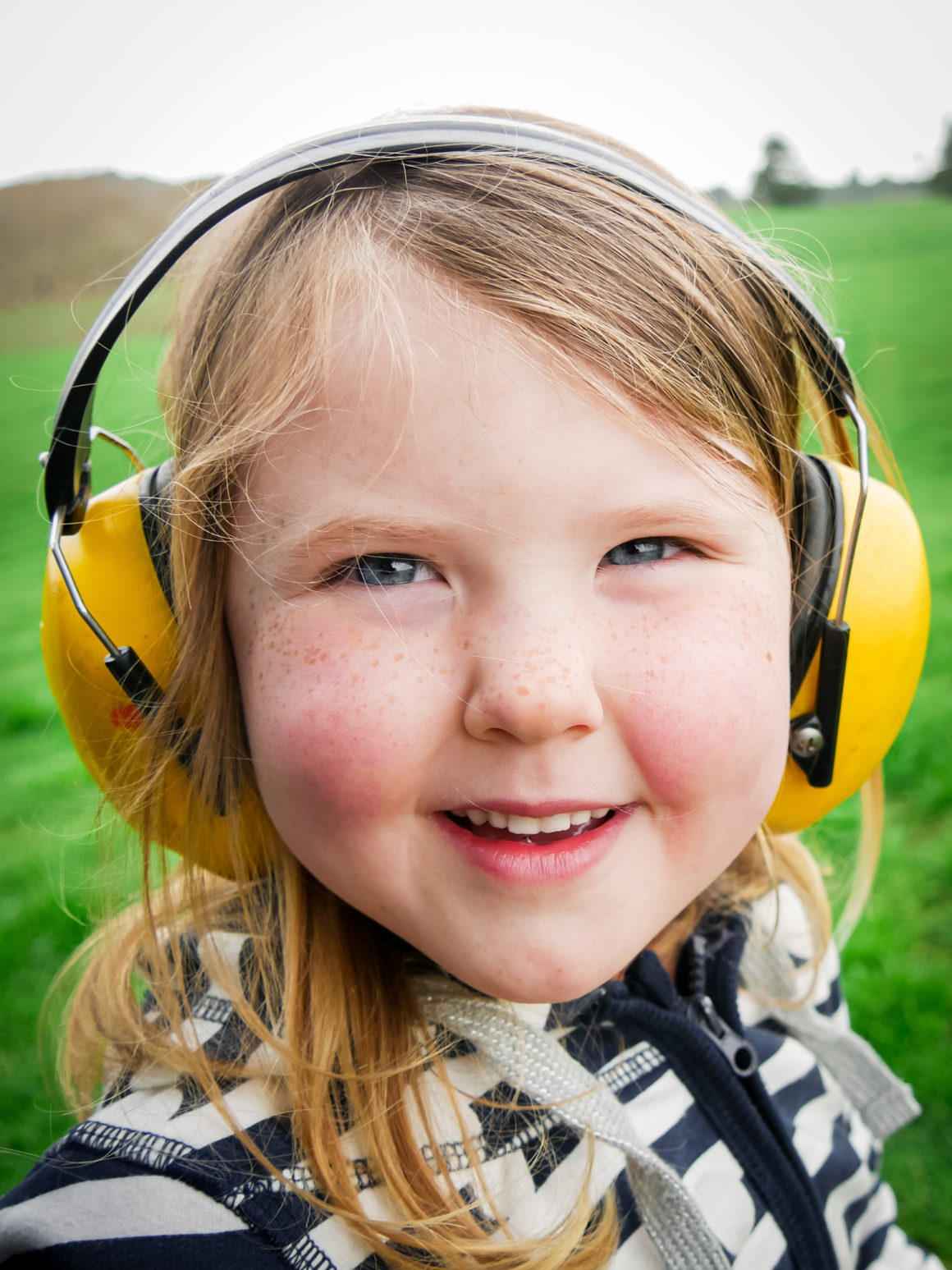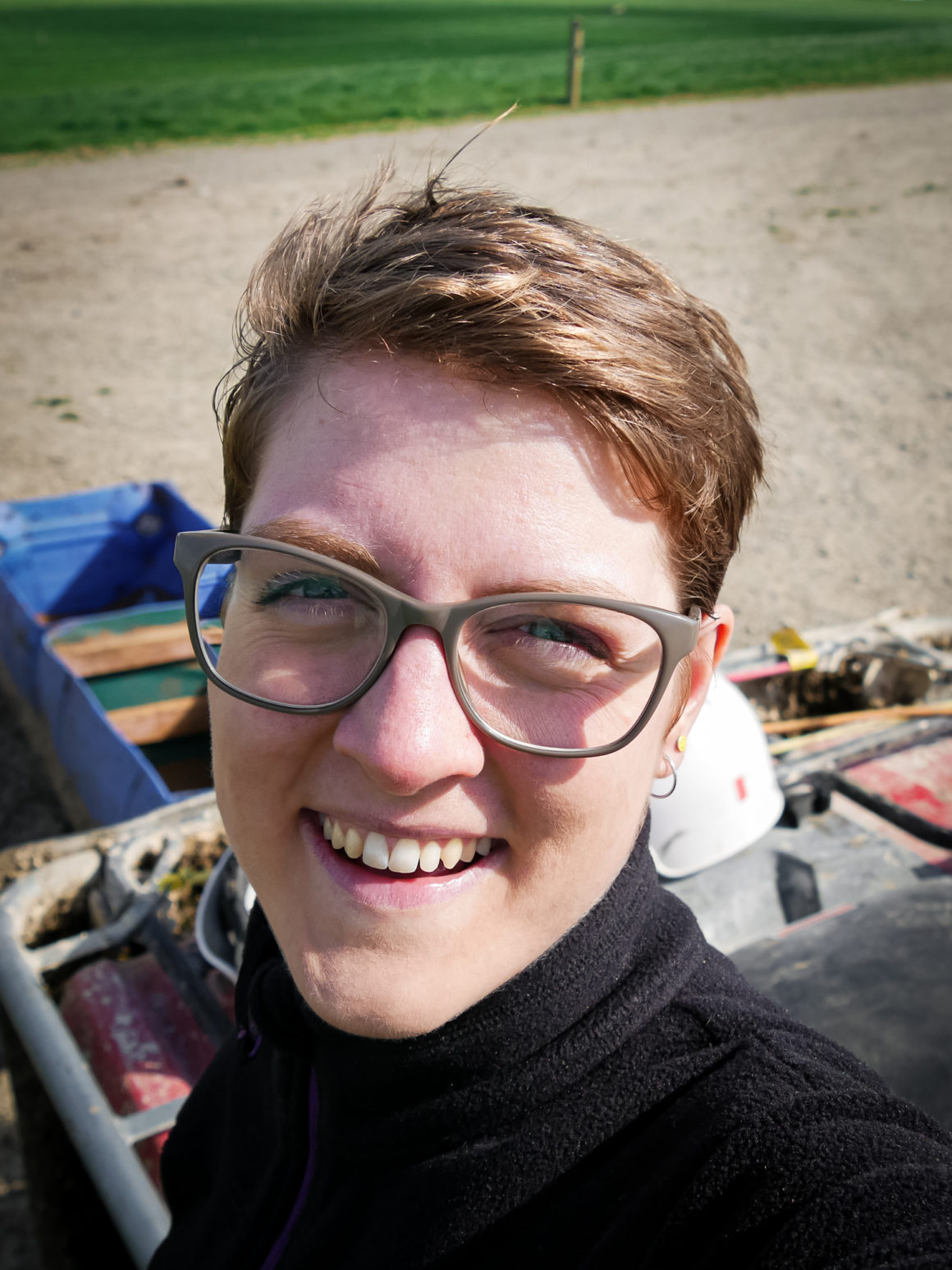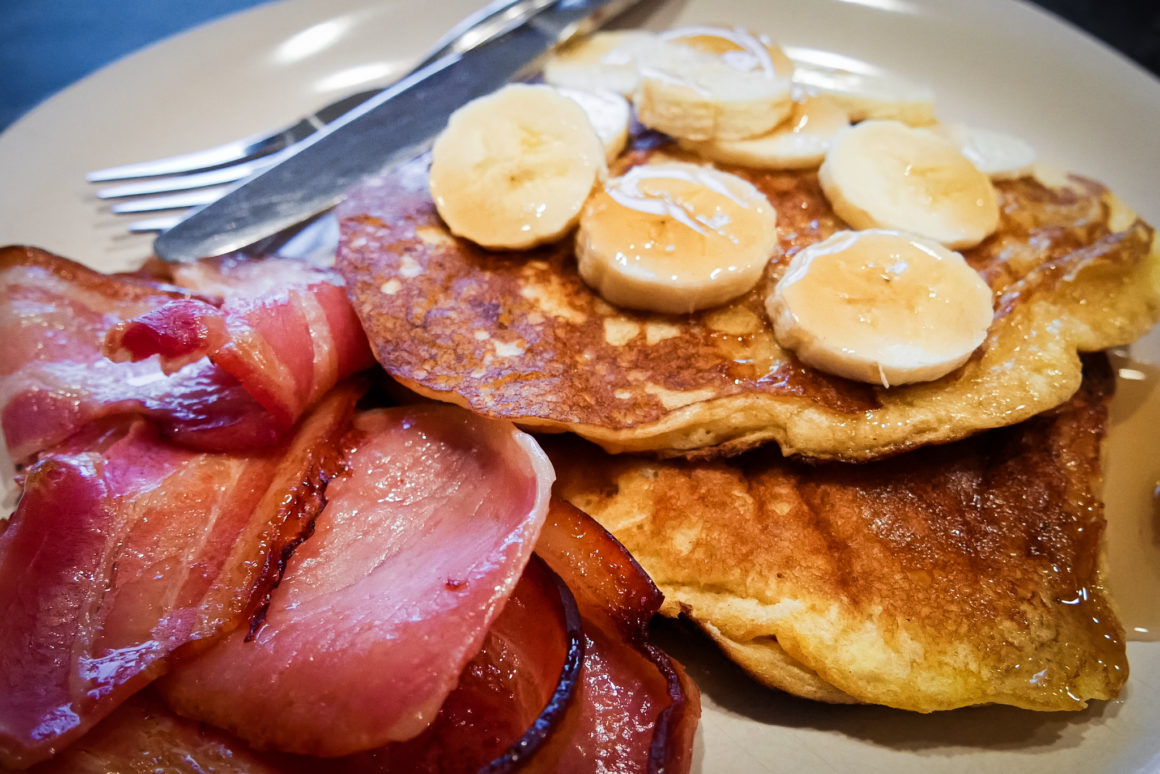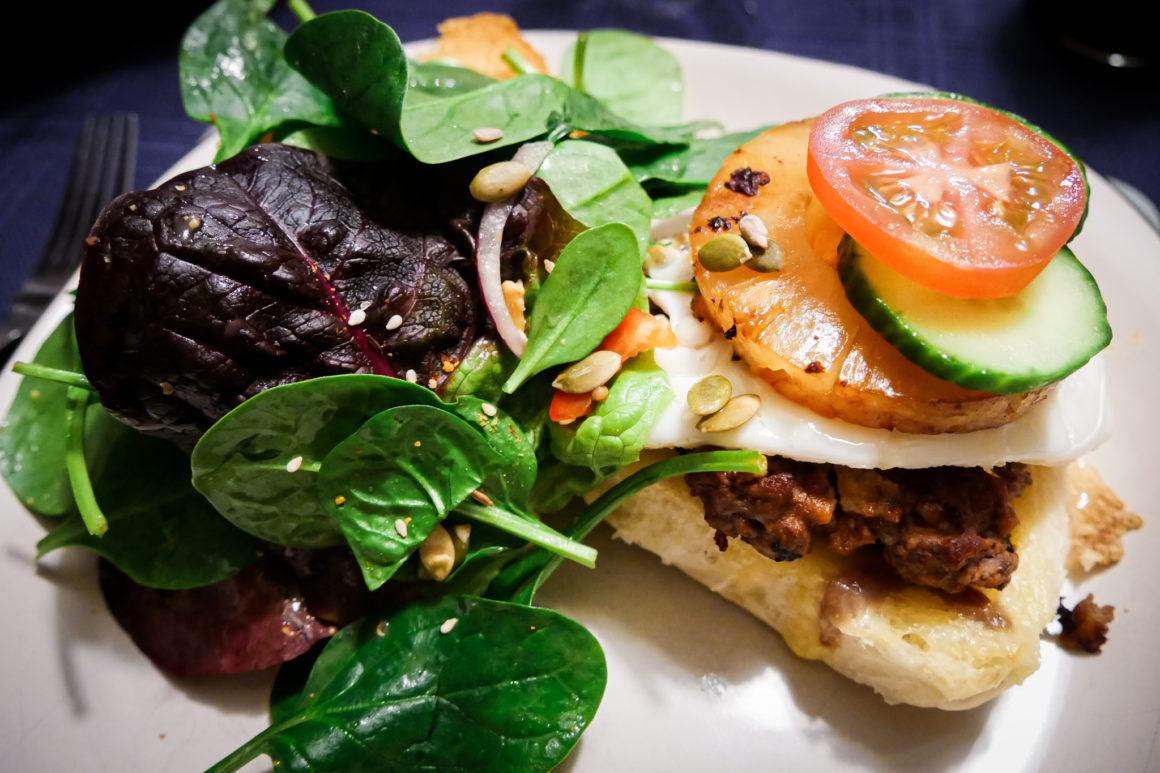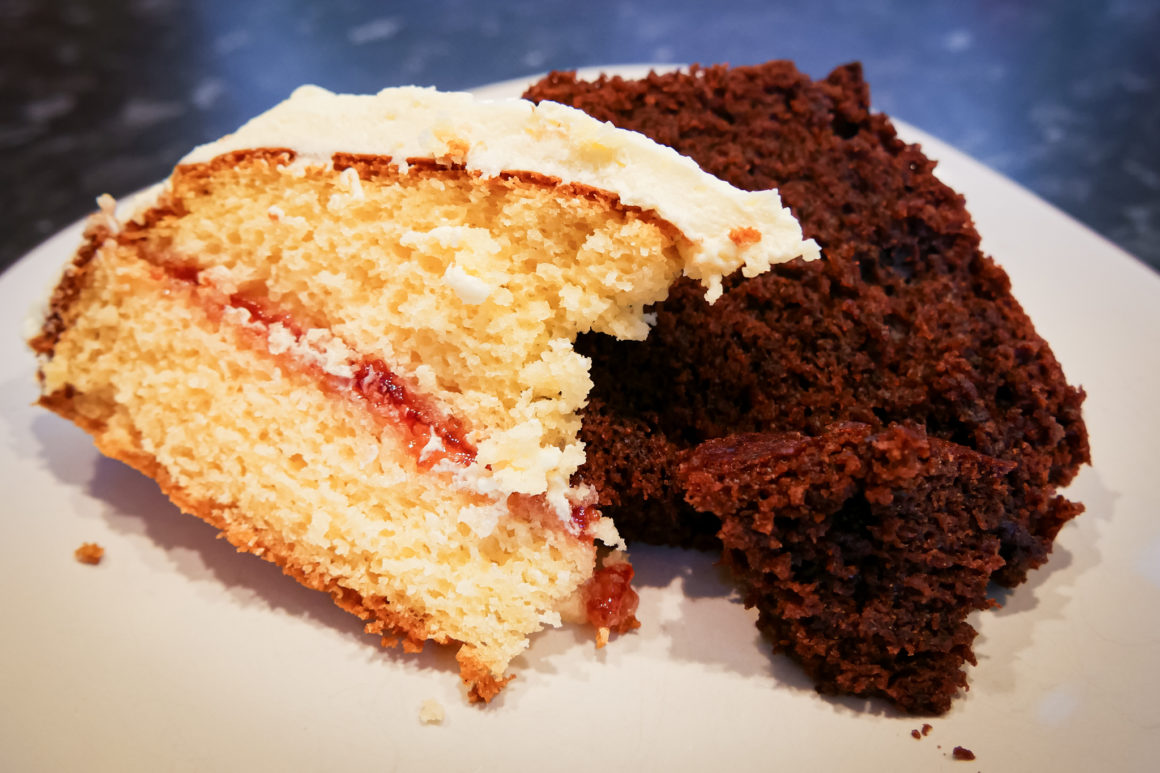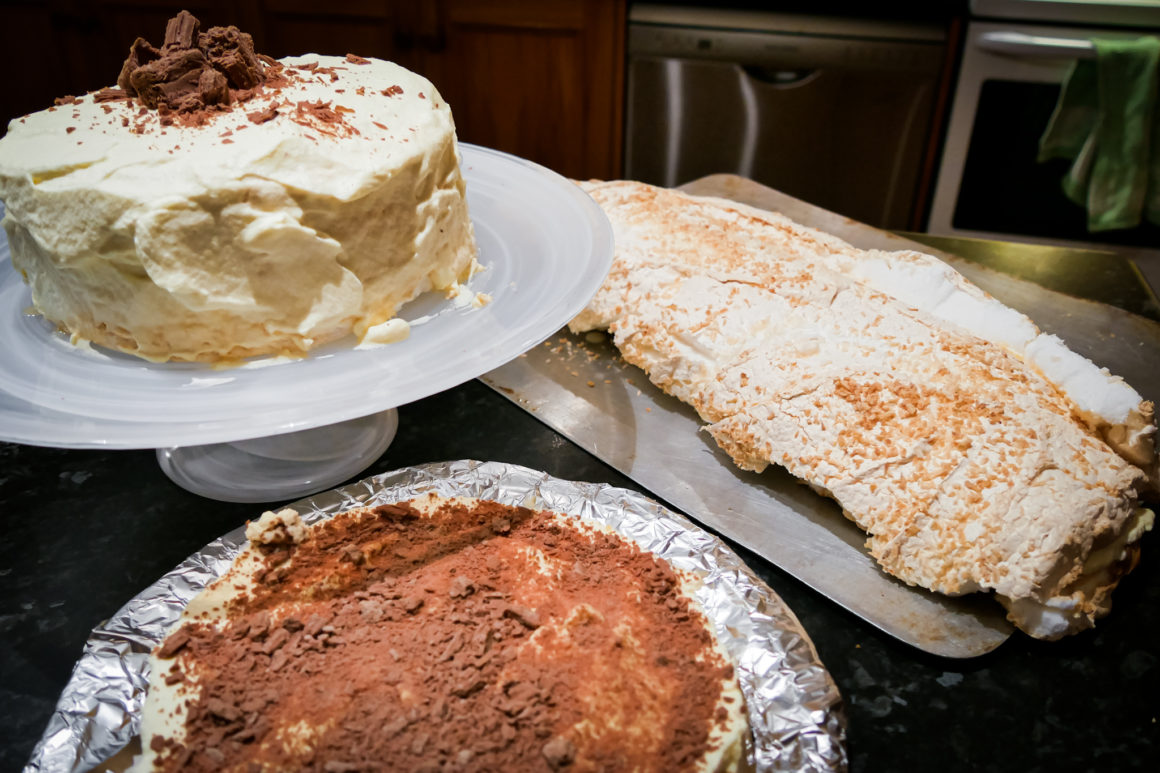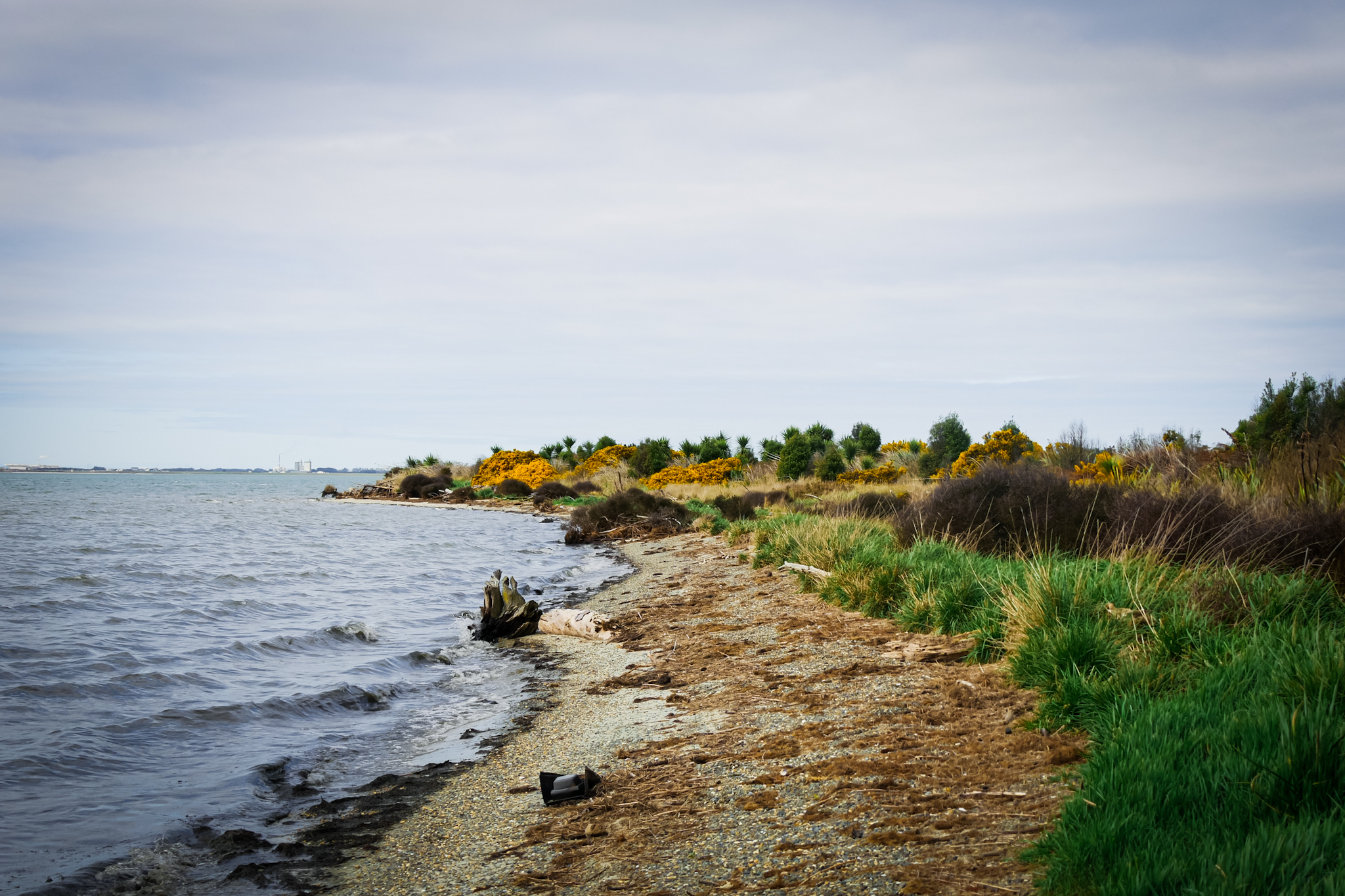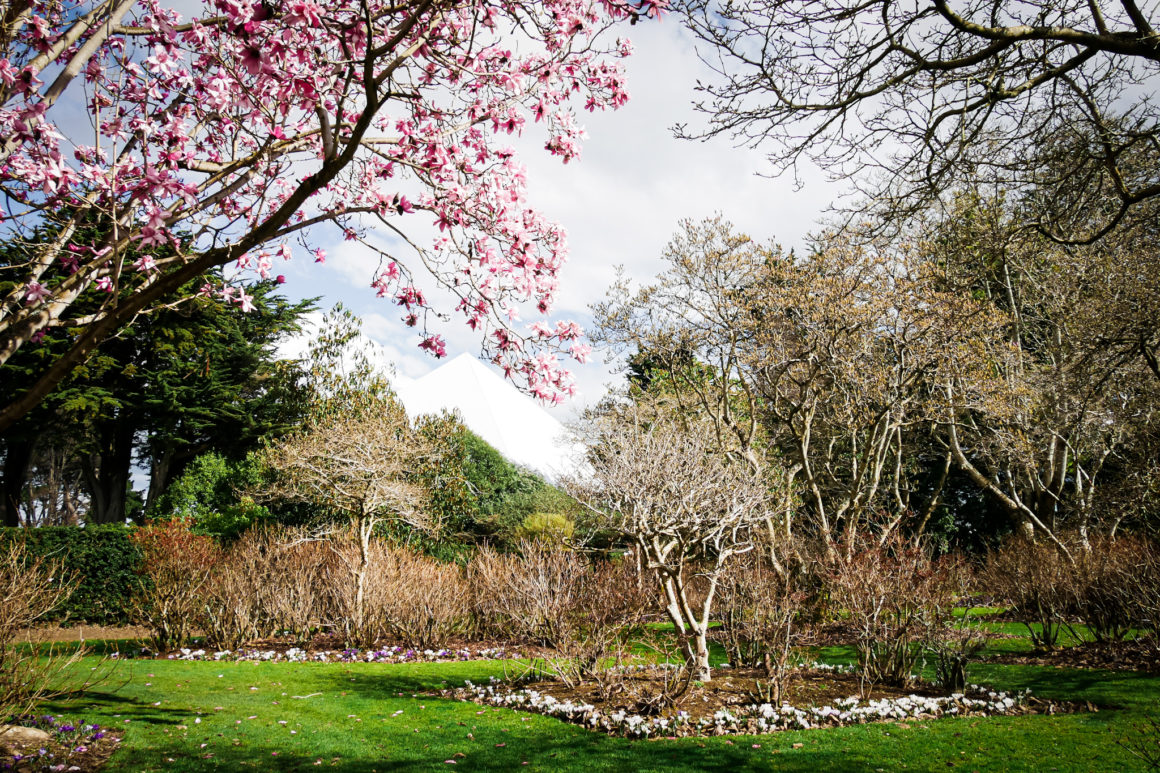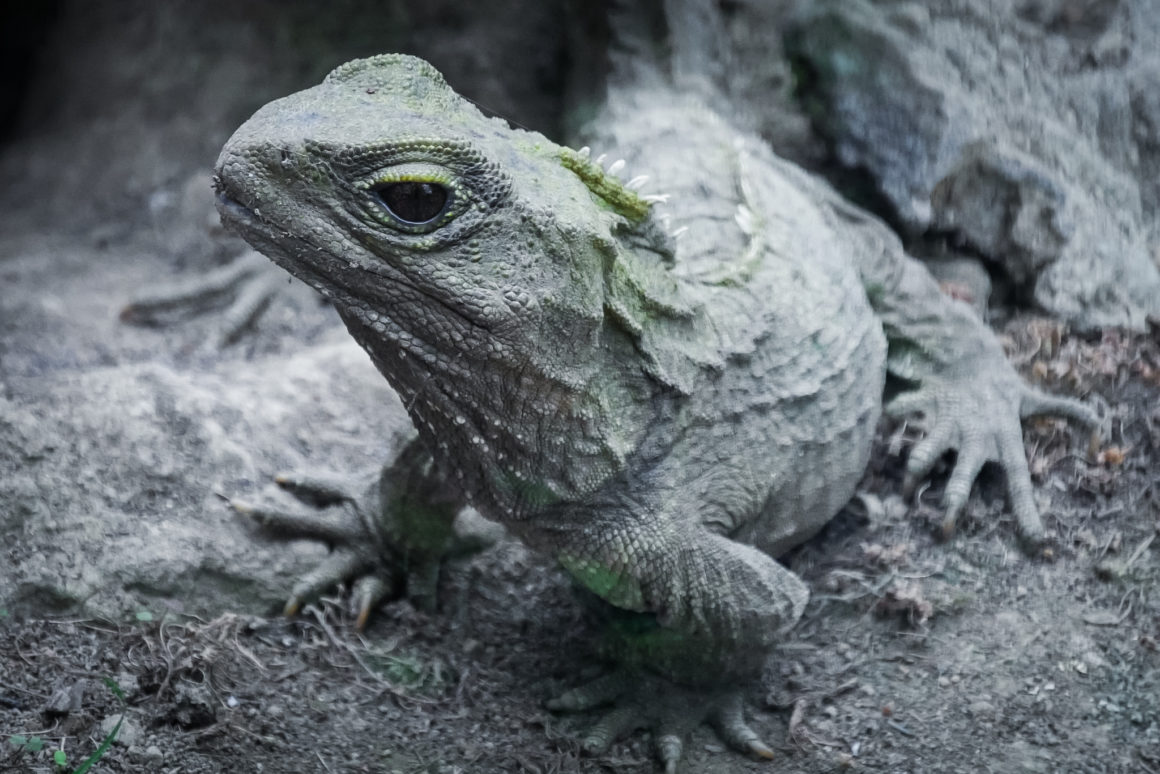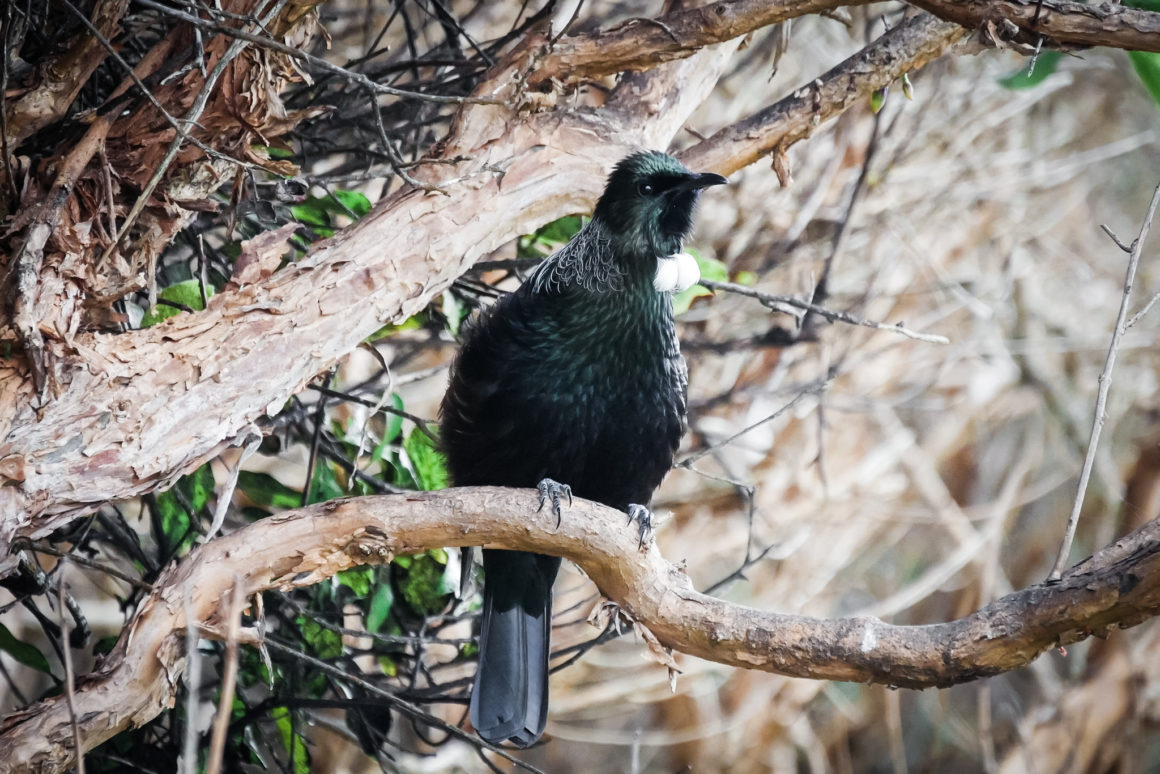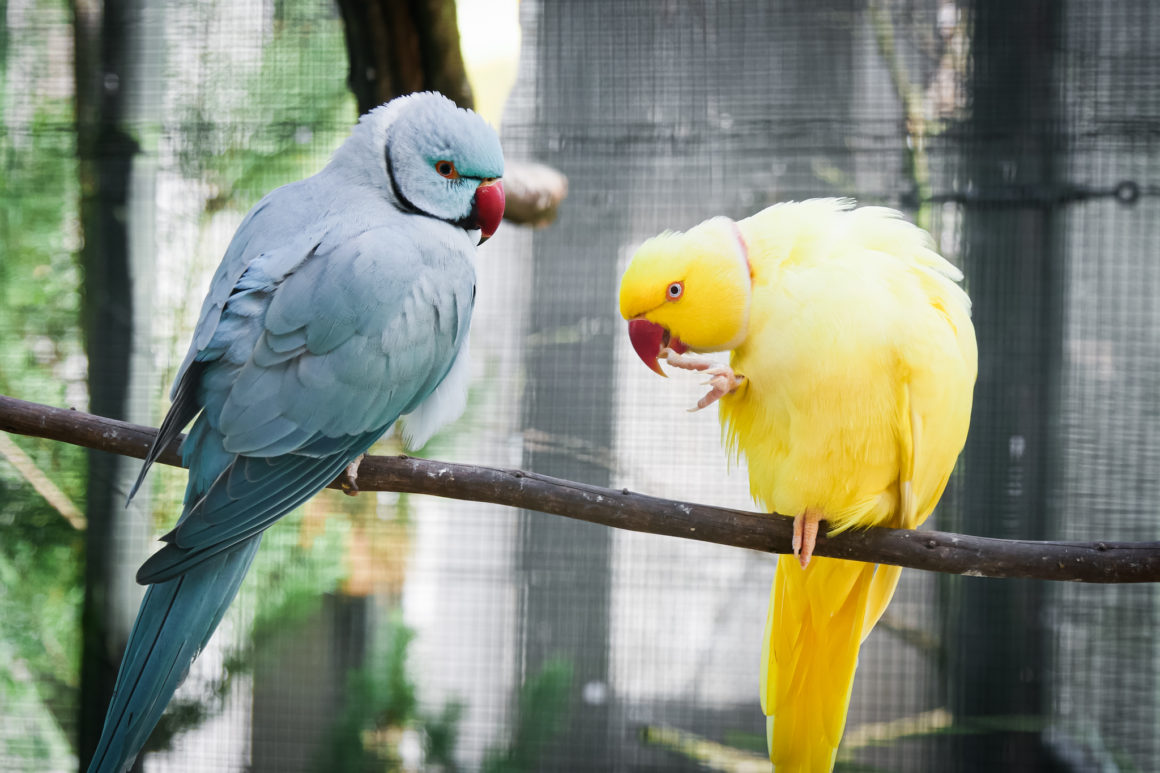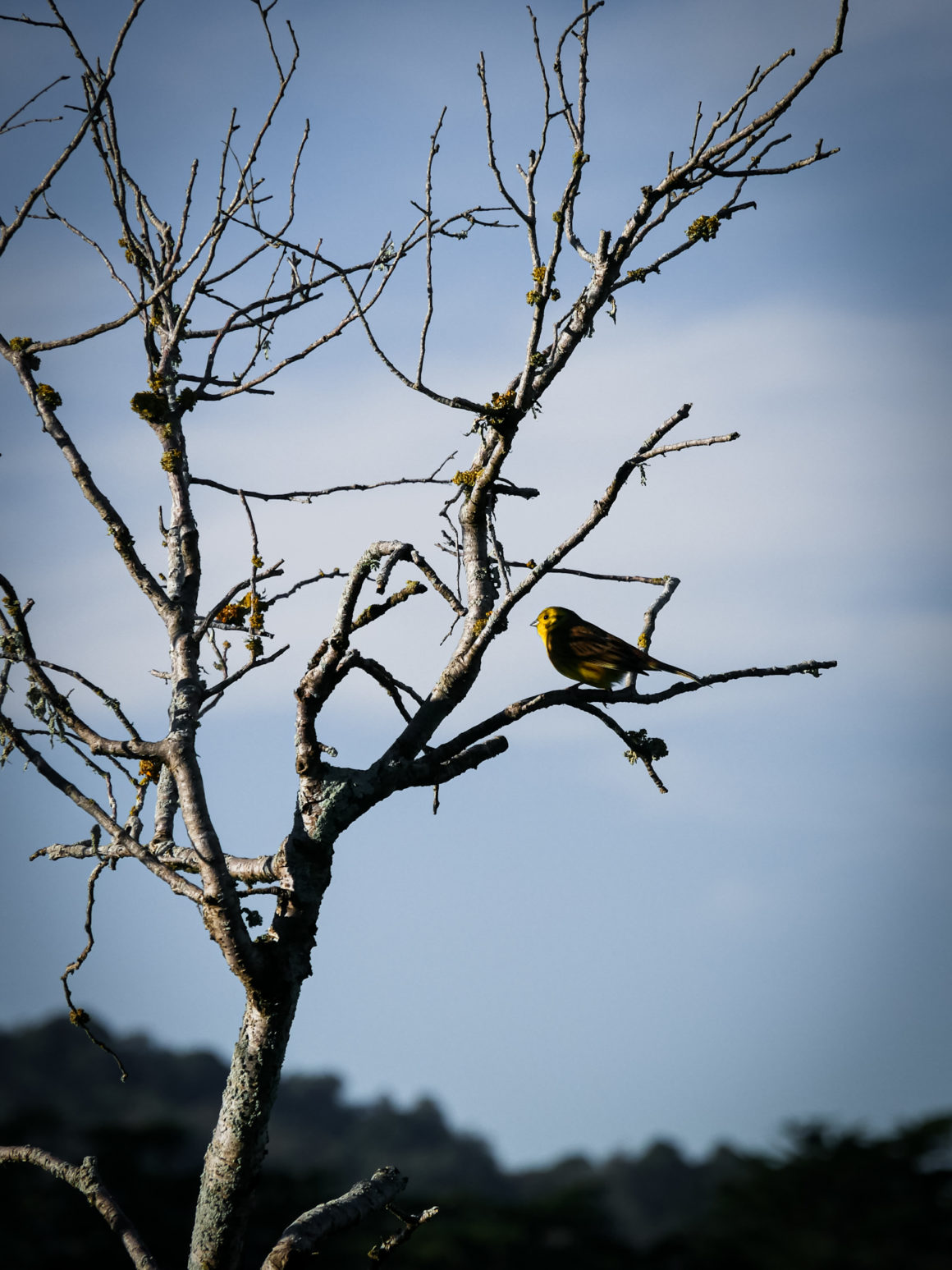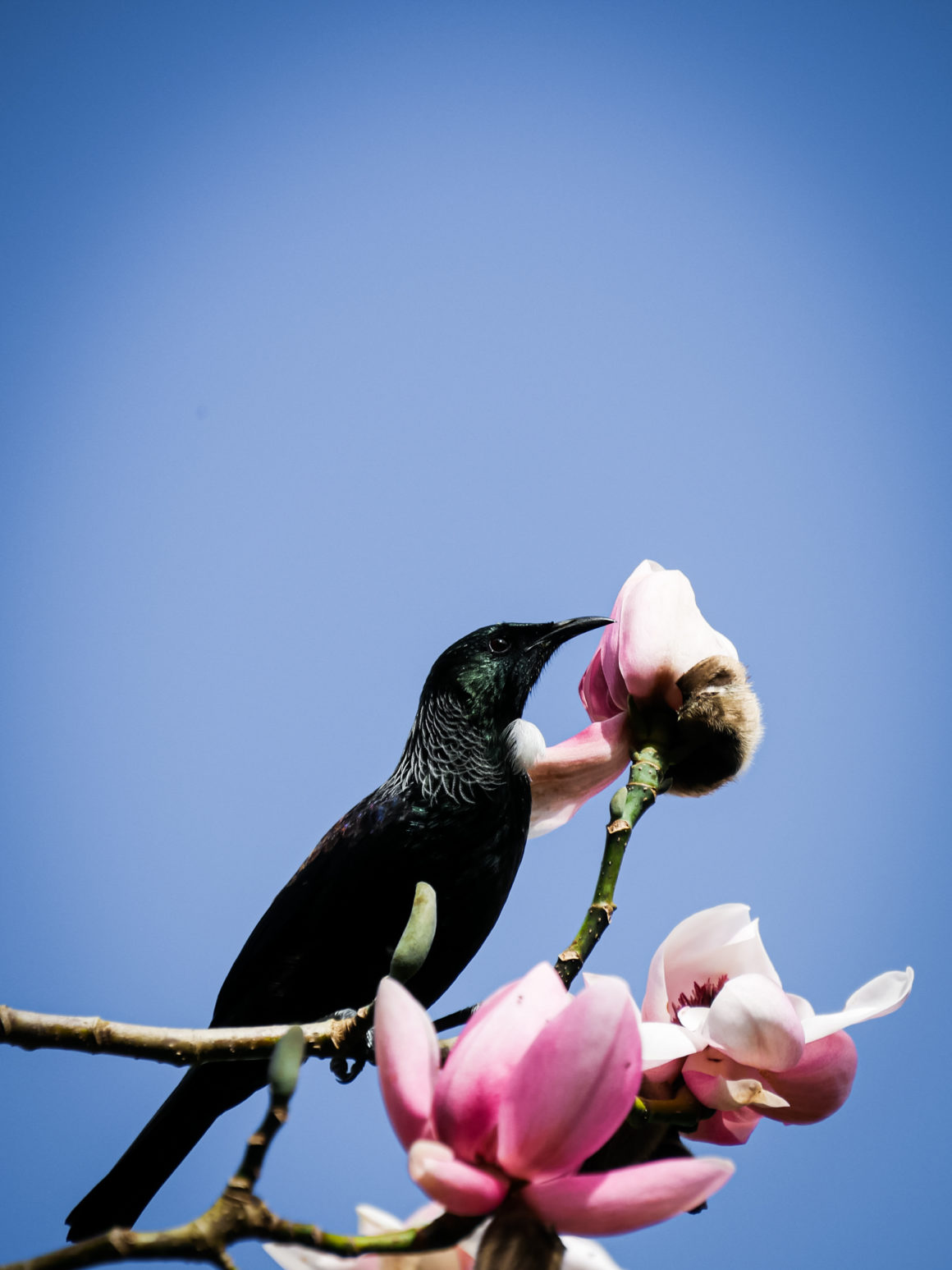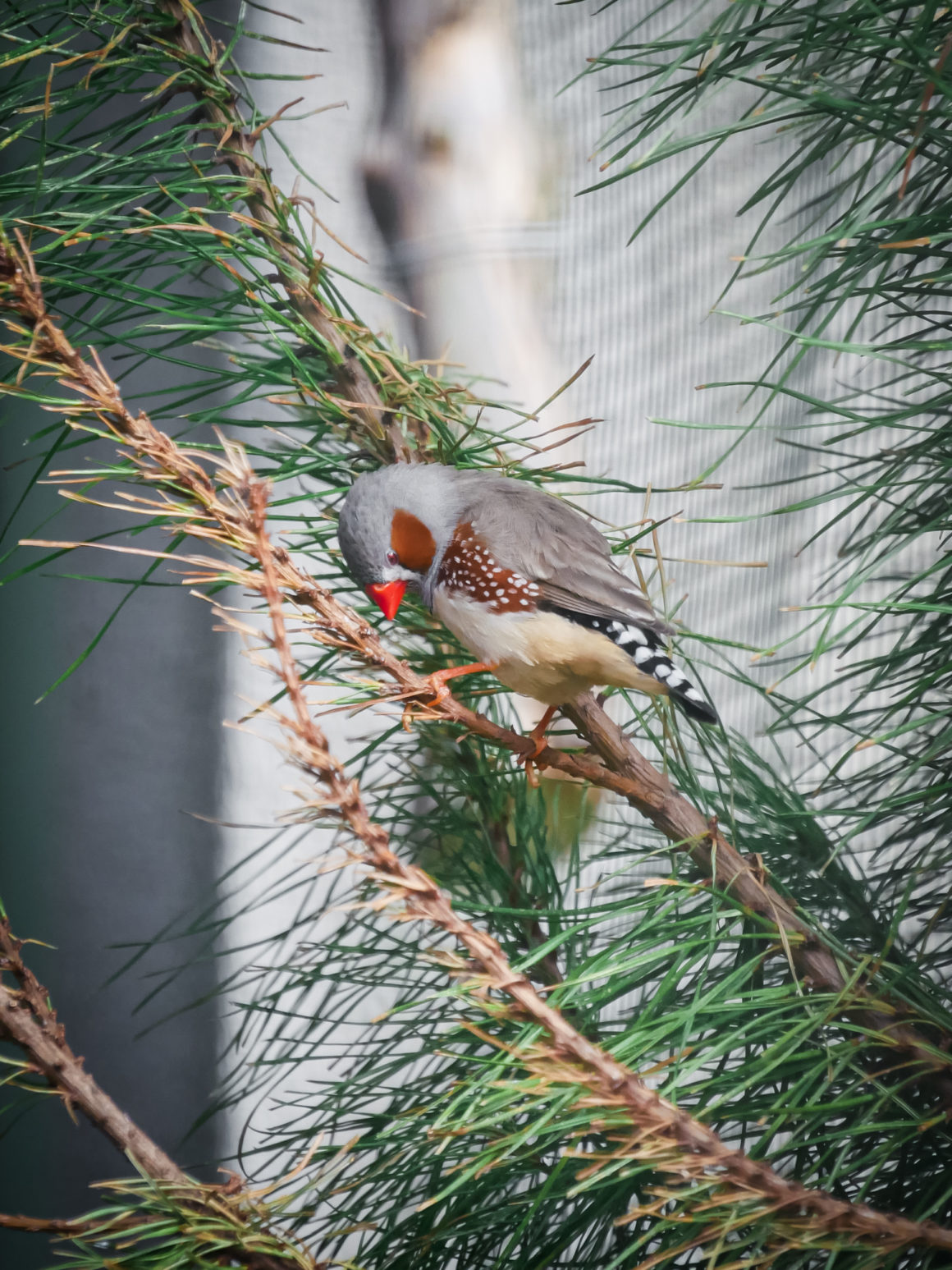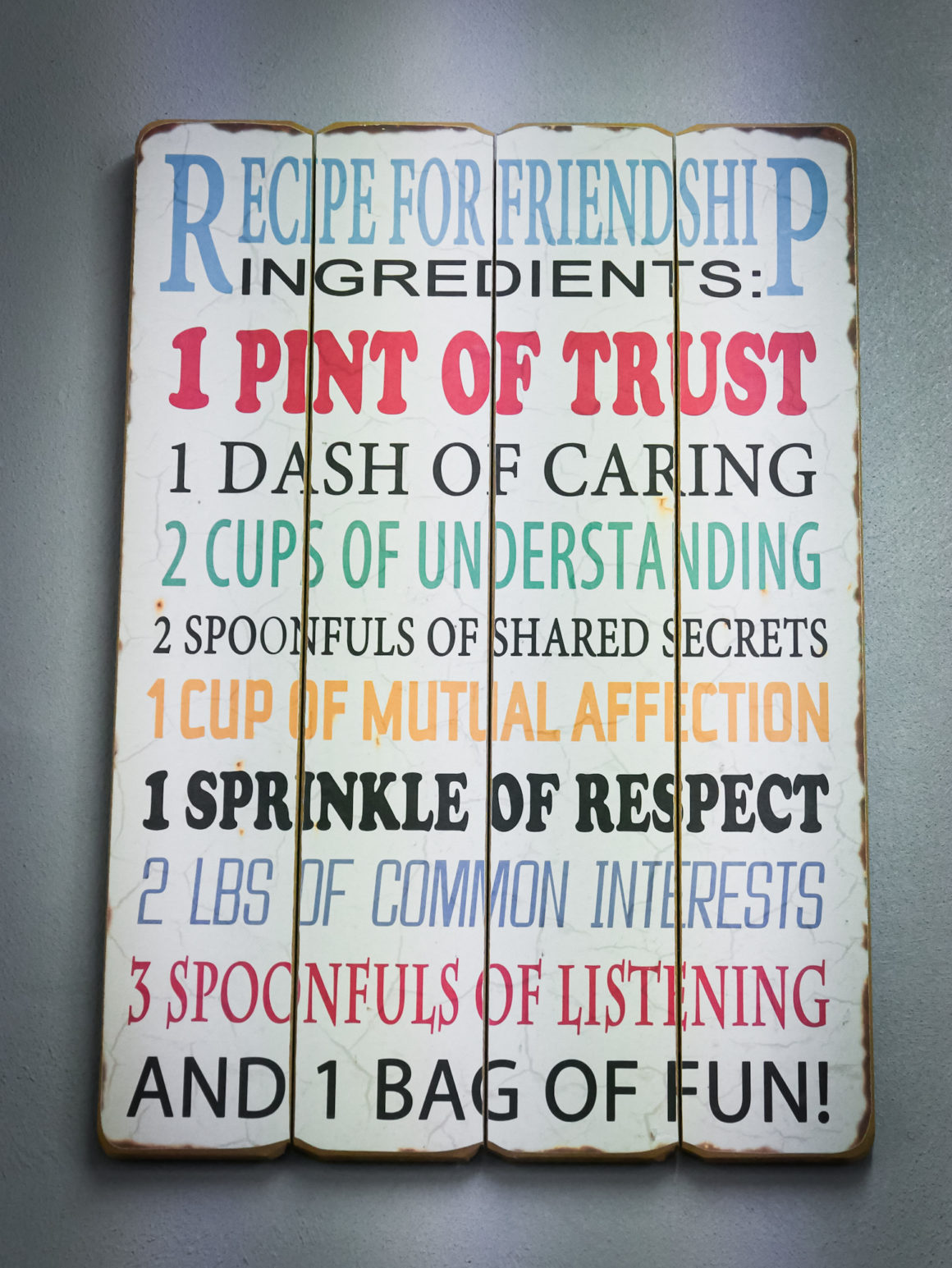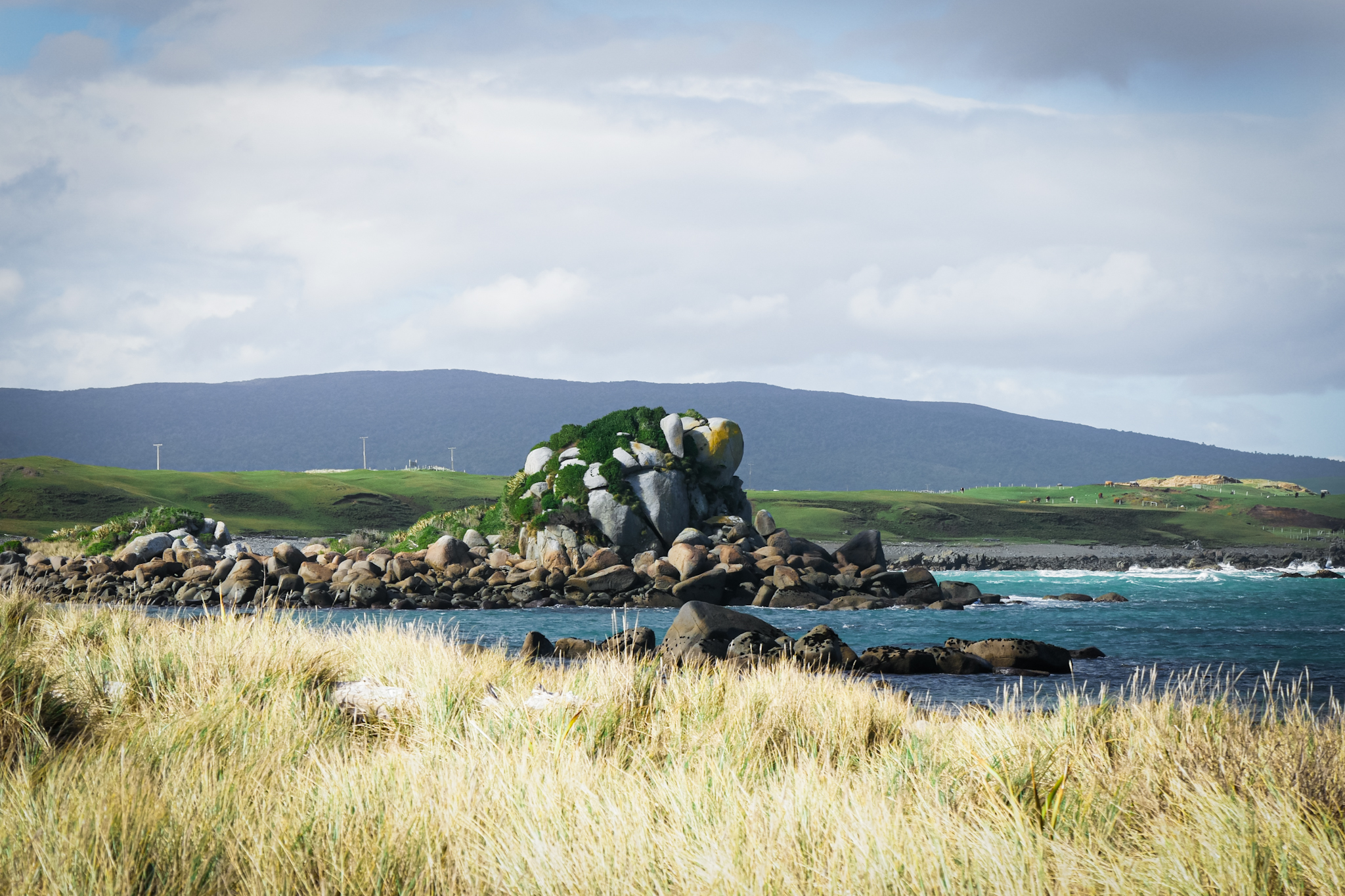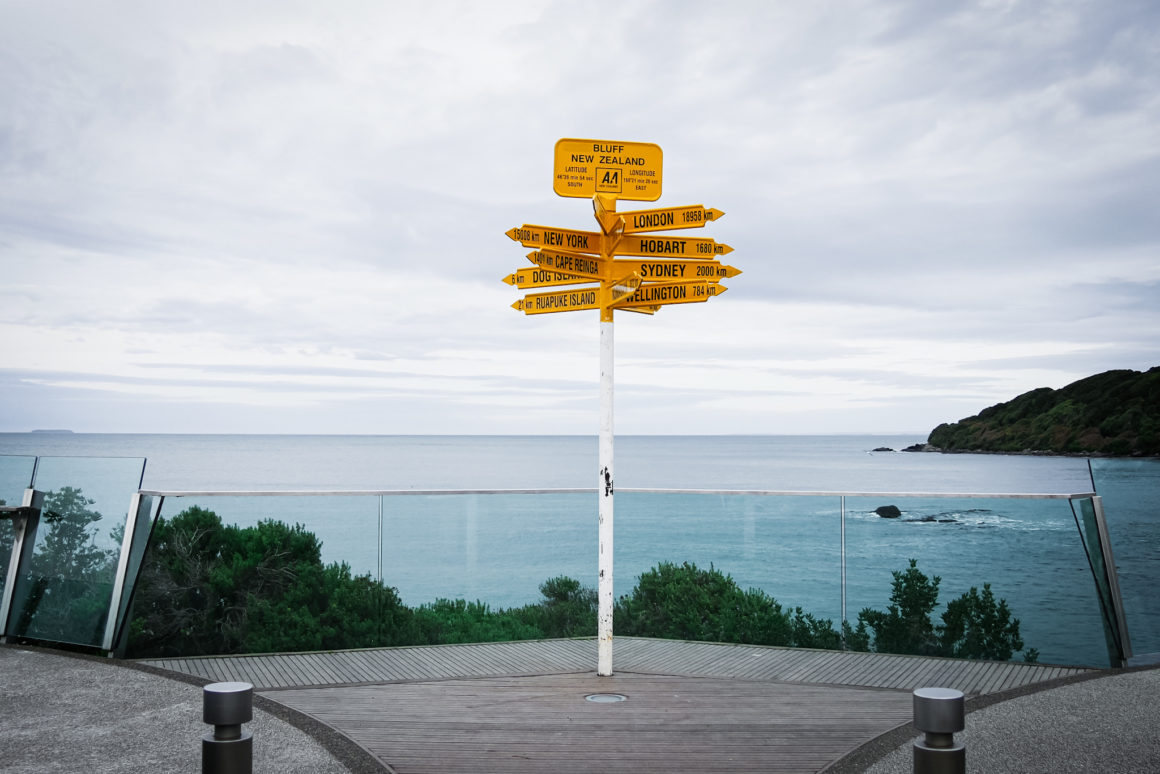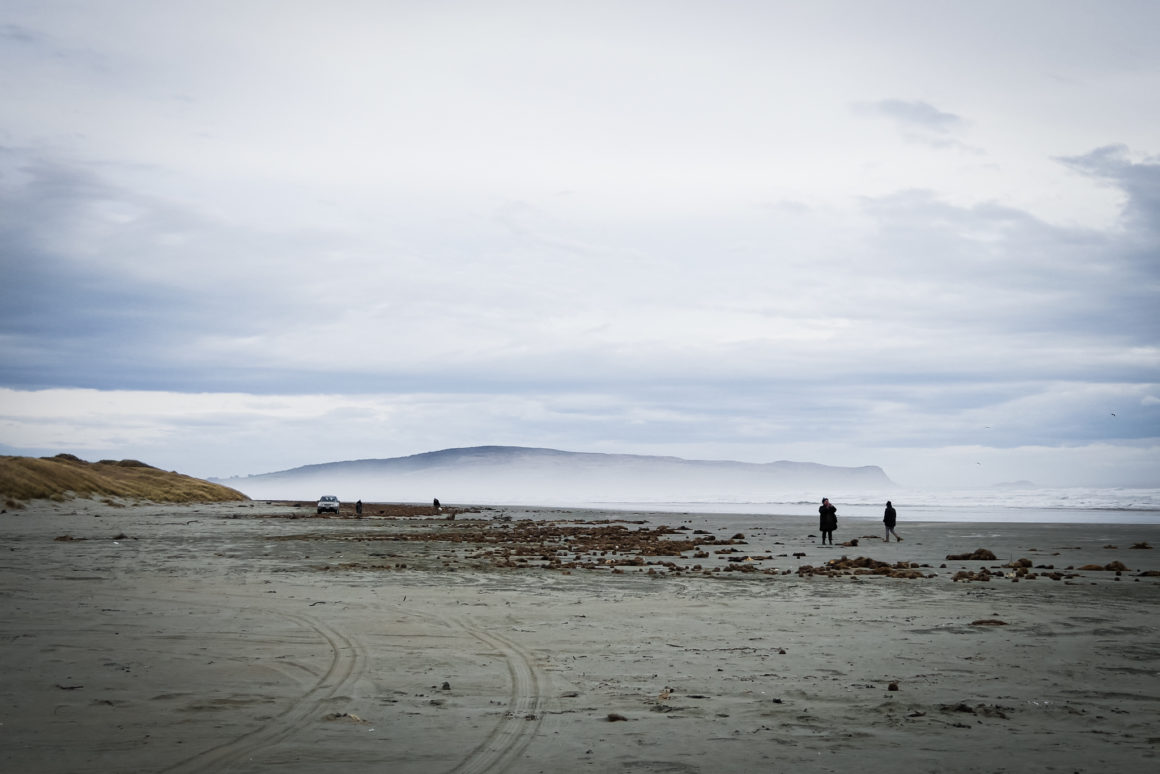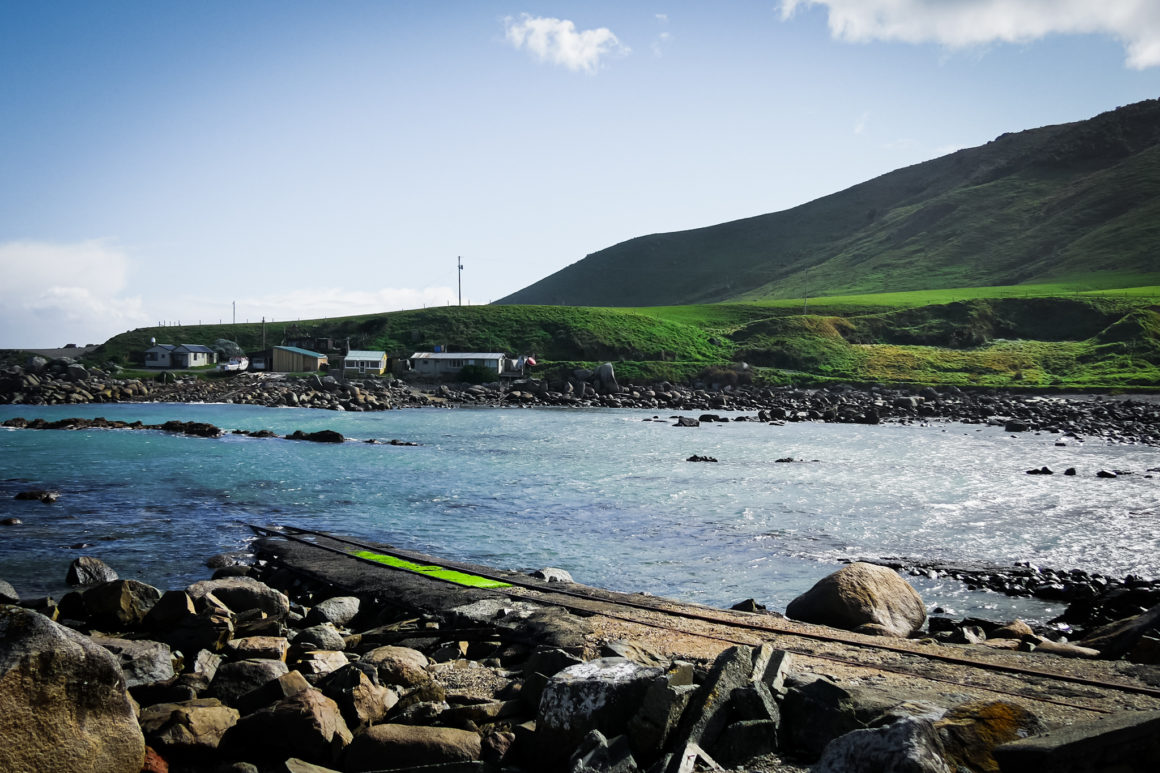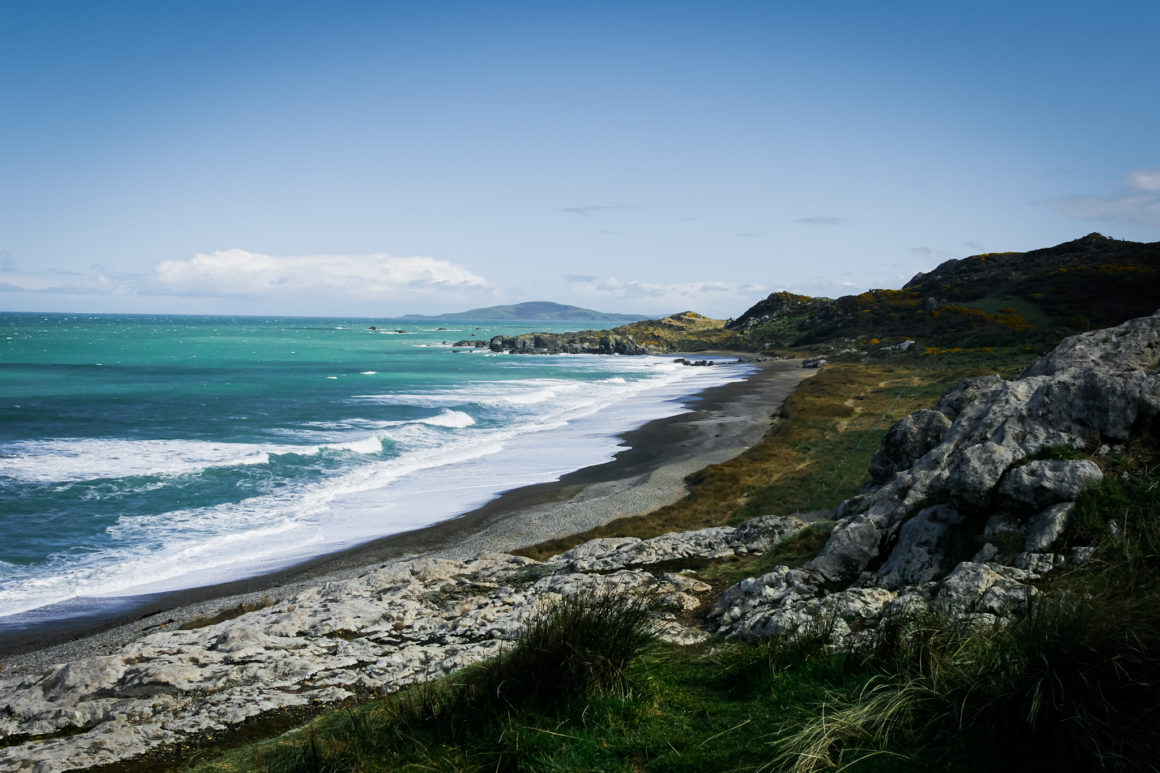DISPATCH
After more than a month walking the streets of Dunedin, here I am in Southland. The southernmost region of the South Island of New Zealand. I am going to work for two months on a dairy farm near Invercargill. A morning in the bus, watching the landscapes of the rolling meadows pass by, wondering a little about how the work will unfold. An express passage through Gore, the New Zealand capital of country music and brown trout and I disembarks at Invercargill. Julie, the young woman from the farm where I am going to work came to get me. We sympathize in the car and Julie explains her family to me. She and Jeremy are the parents of three young children: Isla (soon to be five), Carter (two) and Chloe (seven months). The house is therefore lively. We drive through the countryside and I can quickly make out the contours of the farm in the falling night. Presentation and installation in the guest bedroom.
Jeremy, 27 and Julie, 24 are born and raised New Zealanders. Jeremy’s family is from Drummond, a small village forty minutes from the farm. His parents, Jill and Murray are also farmers. Jill also works for a dairy farm and Murray manages a hundred sheep that live on the farmland. Julie is from Te Anau, a village in Fiordland (southwest of the South Island, two hours from the farm). Her parents, Jill (yes, Jill is a popular first name in New Zealand) and Alan still live there in a pretty house with great views of the lake and the snow-capped mountains. Her mom works at the village supermarket. Her dad, Alan, was a seaplane pilot and then a chef on cruise ships doing expedition in Fiordland fjords. Today he works for Tracknet, a transport company belonging to the Lakeview Holiday Park in Te Anau.
Before becoming a farmer, Jeremy worked in construction. But it’s the farm work that really interests him. He would like to have his own farm but apparently unless being very wealthy or bequeath the family farm, buying land for farming is very difficult today in the land of Kiwis. Julie, in addition to looking after children and helping the farm, is also finishing up her midwife studies. In addition to the three children mentioned above, the house is home to an indomitable young dog named Fergus, who likes to jump in your face to say hello, and Mr. Perkins, a domestic cat who prefers chicken flavored cat food rather than fish flavored. Living immersed in the family is an extraordinary opportunity and allows me to meet a large part of the members of the two families and to discover the life of New Zealanders from the inside.
Jeremy and Julie are “contractors milkers”. Meaning, they take care of cows, calving, calves and milking. But the farmland and the cows do not belong to them. These, belong to Graham and Severna, a couple of New Zealanders in their fifties, also very friendly. They live in a superb house about ten minutes from the farm. Graham and Severna have been farmers for almost thirty years and have recently decided to partner with contractors milkers in order to have more time for them. Today Graham continues to take care of the farm work while helping Jeremy while Severna takes care of feeding the calves.
The house where Jeremy, Julie and the children live is located on the edge of the meadows where the cows graze. It is a nice house on one floor (like many New Zealand homes). The living rooms and kitchen are located on one side of the house and have the morning sun. While the bedrooms are located on the other side and therefore have the sun in the late afternoon. A pretty garden surrounds the building. Large picture windows offer a lovely view of the fields, the milking shed and the calf barn. Behind the house, at the end of the fields lies a hill with a small nature reserve. It is one of the only places in Southland with some relief, the area being mostly flat.
Children are absolutely adorable little monsters (when they don’t do caprices). Chloe is the youngest. She is a cute baby, with cheeks to melt hearts and two little teeth in her lower jaw. She likes to be played with, smiles and laughs very often. She doesn’t like to be left behind or hung up in her baby seat in the car doing nothing. During my two months in her company, I saw her grow, learn, start teething and even start crawling! I also saw her being a little sick because this little baby apparently has much too large tonsils which causes her miseries and prevents her from eating properly. The multiple visits to the doctor did not help much. Only one operation could remove the problem. But since she is still a very young baby, surgery to remove the tonsils is not recommended. It is an endless problem for now.
Isla is the eldest. She will be five on October 29. She is a very pretty, incredible, energetic and very intelligent girl. It only took a few hours for me to feel like I had a little sister. But Isla can also be a manipulative and very authoritarian diva. As soon as something does not please her, it is endless tears. Some friction between her and her mother sometimes triggers difficult situations. But I guess that’s the case with a lot of children especially at that age. Isla is a photographer in the making (always stealing my camera), who loves living on the farm, fond of chocolate and who will start school in October.
On the opposite sex side, we have Carter, a little boy of two who has just learned the words “no” and “me”, in particular. Less familiar with me than the girls, Carter adores his dad and greatly appreciates helping out on the farm. He and Isla tend to bicker constantly and turn into monsters quickly when they are together. Once alone, Carter is much more manageable and obedient. His favorite words are “Choc choc” (for chocolate) and he has a dozen t-shirts with very nice patterns. During my stay, I saw him become more friendly with me and make great progress in sentence formulation.
Isla, Carter, and Chloe are cute, energetic, silly little kids who cry all the time. Besides working on the farm, I spent a few days as an “au pair” taking care of the children. I, who had never been too fond of young children (and who associates “having children” with “one day perhaps, as late as possible”), I must say that these three did shake my convictions. Yes, it took me a few weeks to adjust (my god, they cry and cry all the time!) But by the end of my stay the noise and commotion hardly bothered me anymore. We laughed a lot, made did silly things and I felt like I had little brothers and sisters again. (I already have a little brother but he is 24 years old, now). Quite a few memories of my childhood came back to the surface. They also taught me the basic kiwi vocabulary: choc choc (chocolate), yak (yuck), yummy (yum yum), nana (banana), yiss (yes), etc.
Living with the family also allowed me to go to Jeremy’s parents’ farm to see the newborn lambs, accompany Isla to the Kindergarten and probably discover all of the shops in Winton (a small town near the farm) and Invercargill with Julie. Living in a kiwi farming family also means knowing how to use a shotgun. In fact, most farmers in the area own one, or even two rifles. Deer, rabbits, possums are considered pests in New Zealand (they are introduced animals, which destroy the natural ecosystem or eat the eggs of native birds) and therefore delight farmers in search of prey. Knowing how to use a gun is also necessary for the job since it happens that a cow is slaughtered (sick, too weak to eat, injured after giving birth or unable to walk, etc.). A fact that I had a hard time accepting. But for farmers, an unfit cow means spending a lot of time caring for it rather than devoting themselves to other cows and milk production. The sad reality of today’s society …
So I was treated to a family shooting session on a foggy afternoon. We placed targets (boxes, oranges and apples) in a distant field and without the risk of a stray bullet, about fifty meters from an improvised launch pad. Protection over the ears against noise and everyone tried (except Chloe of course). Jeremy and Julie are good shooters and it turns out that me too. I did two years of Archery and it was a question of honor to be successful. I smashed my oranges on the first time. Lying on the ground (to support the weight of the weapon), the rifle in my hands, was a curious feeling. The power and danger of the gun is immediate. I never liked weapons. They are far too dangerous for people to be allowed freely (like in half the countries of the world). But I am glad I tried it. It made me want to go back to Archery.
In addition to providing me with a job and a place to live, the Anderson family also fed me. I was able to taste the delicious dishes prepared by Julie, Jeremy, Jill and Jill and I also discovered New Zealand cuisine. In general, kiwi cuisine is very similar to European cuisine, particularly English one. Meats, vegetables, salads and fruits. They eat the same food as us, with kumaras (sweet potatoes), yams (tubers whose taste resembles potatoes), parsnips (sort of white carrots), feijoas … Eating like a kiwi also means eating tarts filled with a whole bunch of possible assortments, being a big fan of burgers (the homemade Works Burger was delicious), swallowing cheese rolls for lunch (the best recipe is of course being the one from Southland) and indulge in chocolate treats with Whittaker’s K bar (chocolate bars filled with a choice of raspberry, pineapple or lime paste). It is also swallowing scones or bacon at any time of the day, eating religiously every Sunday morning syrup / bacon / banana pancakes and having desserts of strange ice cream balls Hokey Pokey, Boysenberry Ripple, Goody Goody Gum Drops, Swirly Caramel (my favorite). As for cakes, chocolate, yogurt or vanilla with frosting, muffins, cookies and the famous Pavlova (cream-based cake with meringue) and Banoffe Pie (pastry based of cream, caramel and bananas) are unmissable. Even if it does not reach our so-called unbeatable French gastronomy, the kiwi cuisine is good although probably too fatty.
Thanks to Julie and Severna I was also able to take advantage of my two months in Southland to discover the region. I accompanied Julie many times by car to go shopping in Winton or Invercargill or to bring Isla to the kindergartens. The Southland landscape is mainly made up of a long stretch of meadows and farms. With a few small towns. Quite a few variations in the landscape but a tranquil atmosphere. Invercargill, the capital of the region, did not give me great memories except for its nice i-site and its Queens Park. In the “Tuatarium” of the i-site you can discover an impressive number of Tuataras, if you are lucky. These dinosaur lizards are not always ready to show themselves to everyone, especially in winter. The first time I went there, I saw three young (more active than adults) while the second time, a good twenty lizards had emerged from their hiding place, including Henry, a 110 year’s old grandpa!
Queens Park has pretty flowering trees attracting a whole bunch of pollen or nectar-seeking birds, including a bunch of Tui, native NZ birds with a small tuft of white feathers around their necks. Watching them was a very beautiful moment. The park also contains an aviary with pretty parakeets and a very beautiful silver pheasant. I also went for a walk at Sandy Point, a pretty nature reserve by the sea, just outside Invercargill. I spent a day there walking on the beaches, coastal forests and swamps.
Severna also kindly offered to take me by car to visit the most beautiful corners of the region. So we went to Bluff, the southernmost city in the country to enjoy the scenery and the estuary. We took the opportunity to go for a short walk along Bluff Hill to see Stewart Island, which I hope to visit in February-March. Back in Invercargill, we went for a walk on Oreti beach, a very long stretch of fine sand on which it is possible to drive.
During the second expedition with Severna, we went to visit the South Coast. We went to Riverton (at the other end of Oreti Beach) to get a glimpse of Colac Bay. Stopover at Cosy Nook, a superb little cove with three tiny old fisherman’s cottages. The landscape made me think of Scotland or Iceland. We also set foot on Orepuki’s Gemstone Beach where, as the name suggests, you can find pretty gems. And we climbed the tiny hill of Monkey Island, accessible only at low tide. Maori used the island as a viewing point to spot southern right whales. We ended our walk with a quick passage to Tuatapere, a village on the edge of the Fiordland National Park. The Hump Ridge Track, a three-day hike in the southernmost part of Fiordland, begins a few kilometers from the village. During my two months on the farm, I also visited Te Anau for a first glimpse of Fiordland and spent a few days in Queesntown. Details of my work on the farm and my visits in the next posts.

